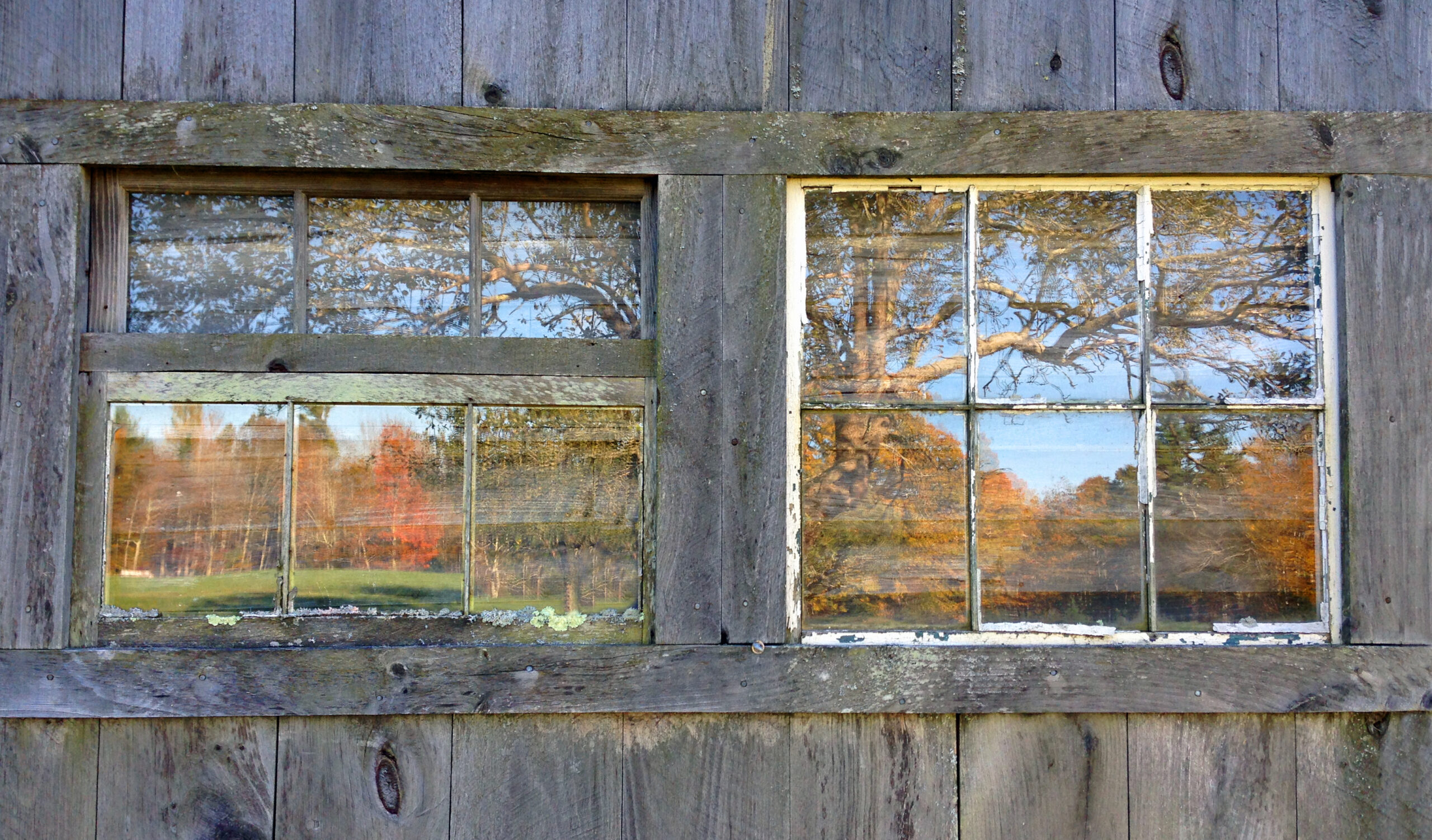
Christakis (2020, p. 89) softs his analysis a bit by identifying more nuanced and diverse ways in which Americans can “chose” to comply with recommended social behaviors (NPIs):
An alternative way of thinking about the broad array of NPis is based on the method by which they are intended to tamp down the epidemic. Some interventions, whether individual or collective, achieve their effect by reducing the transmissibility. of the pathogen—for instance, wearing masks, handwashing, and sanitizing public places. These are transmission-reduction interventions. Other interventions work by modifying the pattern of human interactions to deprive the pathogen of opportunities to spread—for example, self-isolation, quarantine, and school closures. These are contact reduction interventions, and they constitute the social-distancing measures everyone began talking about in 2020. To be clear, we need to distance ourselves physically, not socially. The last thing the public should be advised to do is create more social distance between their friends and famili.es at a time when physical proximity is restricted.
It is worth noting that each of these nuanced interventions hold important psychological implications. I suggest that psychologists should be at the table when plans are made for intervening in future pandemic outbreaks.
Social Protest
Social protests are an enduring tradition in both Israel and the United States. To the extent that individualism is prevalent in both countries, there is a right and willingness of many citizens to speak their mind—even if their opinions are not always widely shared or appreciated. Silberberg notes that the current social protests have been a multigenerational phenomenon in Israel (contrasting with earlier protests which tended to be engaged primarily by either the older generation of Israelis or the younger generation. We might even consider it a transmittable “disease” like a virus and trauma – only it is a “disease” that might be beneficial for the body politic. It is also healing individual citizens who find social protest to be a way in which to retain or reclaim an internal focus of control.
Silberberg (2020, p. 25) observes that “younger and older people come to the demonstrations and respect and create space for the young style of protest and absence of explicit leadership.” She offers insights about the ways in which symbols (color of flags) conveys not just the intergenerational diversity of the protests, but also the sustaining of values – or in some cases the mourning of values that are not maintained by the government. She cites two of her authors, Daniella Bassis and Orna Megides who describe this sense of loss as a “yearning for a place that no longer exists.”








